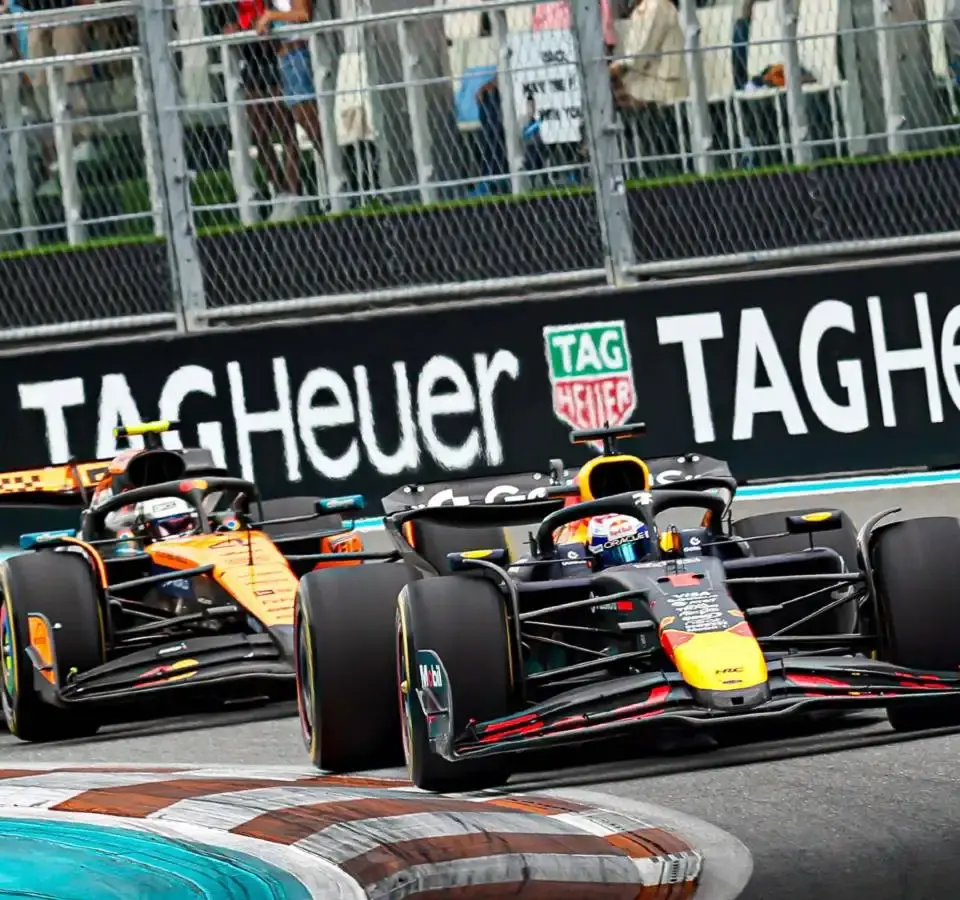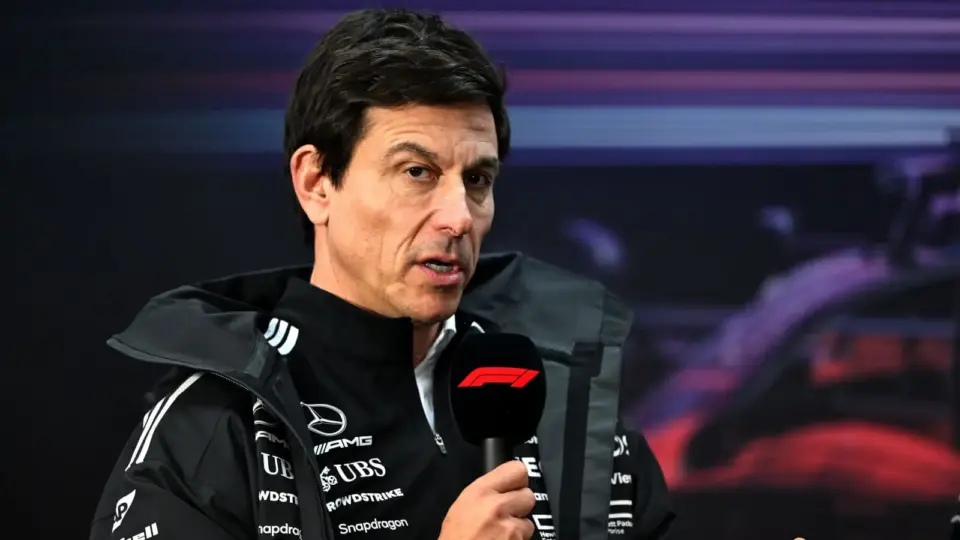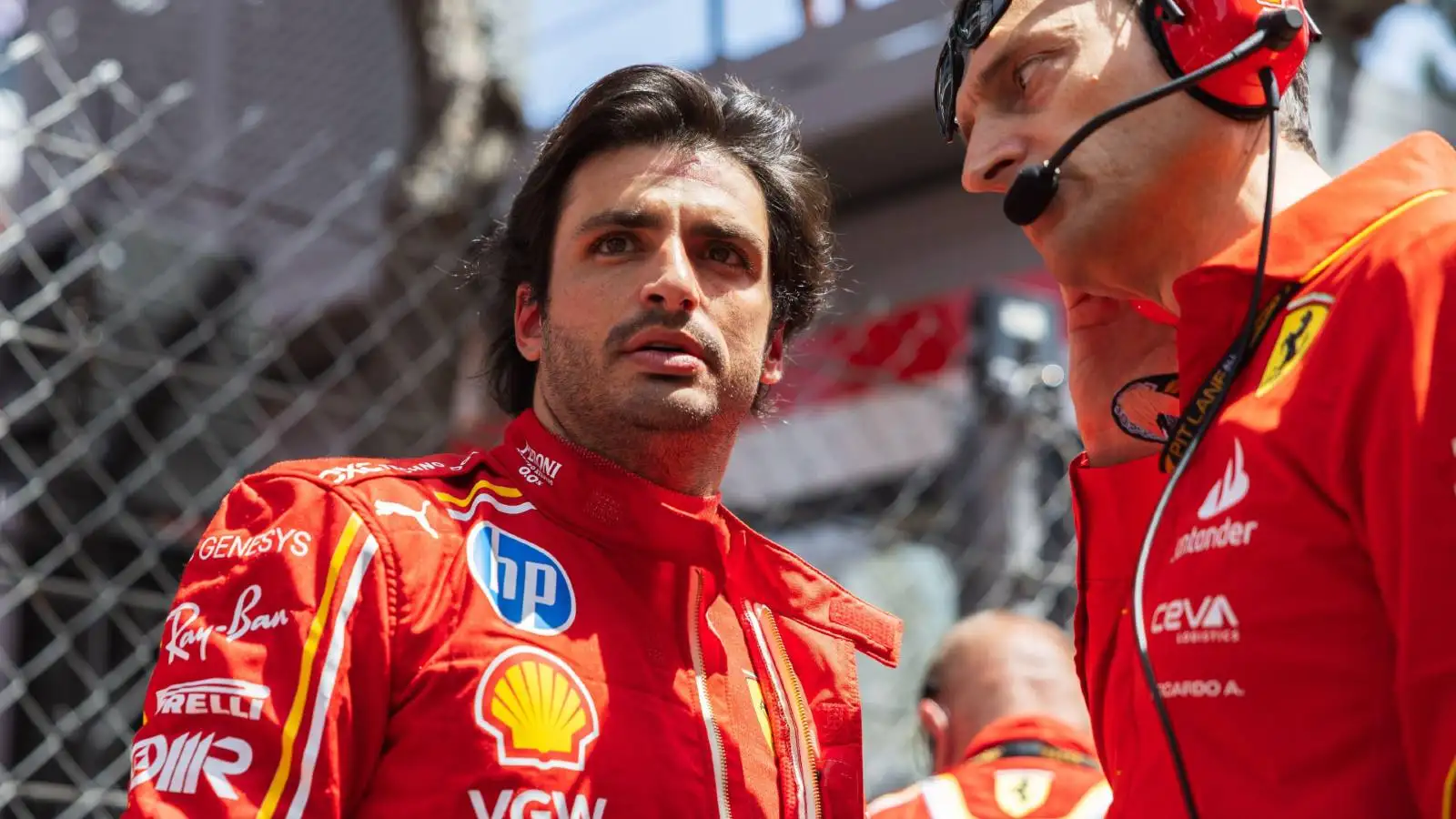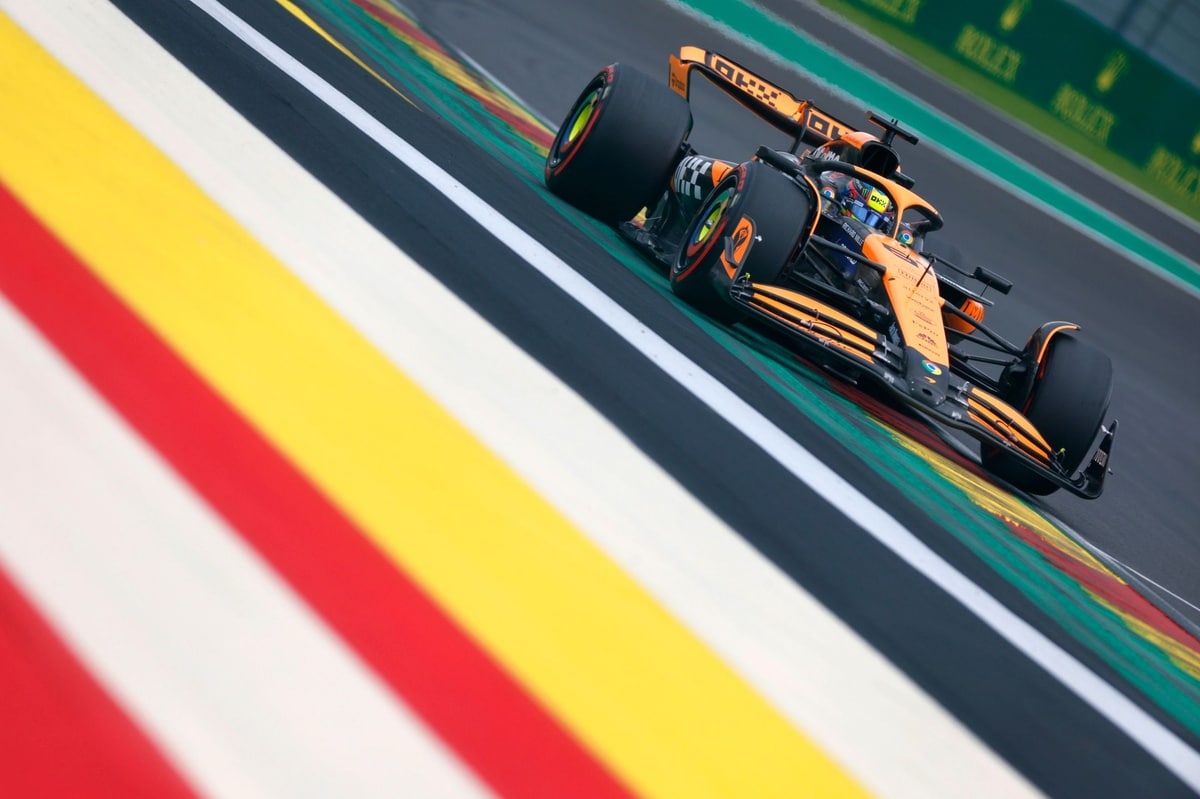In the heart of Miami, McLaren’s dynamic duo, Lando Norris and Oscar Piastri, faced a thrilling challenge against the formidable Max Verstappen. Racing fans were on the edge of their seats as this battle unfolded, showcasing the precision and calculated moves by the McLaren drivers.
With Verstappen defending his lead zealously, both Norris and Piastri needed to navigate through intense pressure. McLaren’s strategy revolved around seizing opportunities at just the right moment, and their drivers executed this with enthusiasm and determination.
As the race kicked off in Miami, Verstappen held his ground fiercely against the McLaren team. Norris, attempting an ambitious move around Turn 2, found himself needing to regroup after Verstappen’s defensive maneuvers left him in sixth place. Piastri, on the other hand, focused on methodically closing the gap, ready to capitalize on any mistake by Verstappen.
Piastri’s attack was relentless yet composed. By Lap 14, his persistence paid off as he overtook Verstappen with precision. This maneuver not only put him in the lead but also demonstrated his ability to strategically wait for the perfect moment, a move that proved pivotal in the race dynamics.
Despite facing setbacks, Norris was determined to reclaim his position. His move at Turn 11 marked a critical moment. Although initially falling short, he quickly adapted, showcasing his tenacity and ability to learn from each lap, eventually passing Verstappen on his second attempt.
Andrea Stella, McLaren’s team boss, acknowledged the challenges faced by both drivers. While some might see a difference in the drivers’ approaches, Stella emphasized their shared precision and determination. According to him, slight misjudgments and fractions of a second were often the keys in such tight races.
Stella pointed out moments where different decisions might have yielded better outcomes. He mentioned Norris’s initial position at Turns 1 and 2, suggesting a strategic lift could have maintained his advantage early on. However, Stella appreciated Norris’s aggressive spirit, understanding the need to balance risk and reward.
Updated racing guidelines also played a role in McLaren’s strategy. The racers needed to adapt quickly, understanding that sometimes holding back slightly could lead to a smarter game plan. Norris’s experience illustrated the fine line between aggressiveness and tactical patience.
Norris’s comments post-race stirred discussions on social media. Calling out Verstappen’s unsmart racing, his remarks added another layer to their rivalry. Fans and analysts took to platforms to dissect these statements, reflecting the intense emotions inherent in high-stakes competitions.
The technological aspects of the race cannot be overlooked. McLaren’s MCL39 showcased impressive speed and adaptability, especially when faced with Verstappen’s defense. Engineers’ work behind the scenes was crucial in providing the drivers with a car capable of contending with top performers.
Each race tells its own story, and Miami was no different. Behind every move, there’s a mix of strategy, skill, and even a bit of luck. McLaren’s performance showed that they were not just participating but actively shaping the race’s narrative.
The Miami race left McLaren with insights to build upon. For Norris and Piastri, it underscored the importance of combining skill with strategic patience. This race was a reminder that success in Formula 1 is about more than just speed; it’s about timing and tactical execution.
The Miami race was a testament to McLaren’s competitive spirit and strategic acumen. Norris and Piastri, through their different styles, showed what it takes to challenge stalwarts like Verstappen. Each race adds chapters to their racing saga, with Miami being a page filled with learning and anticipation for future showdowns.










